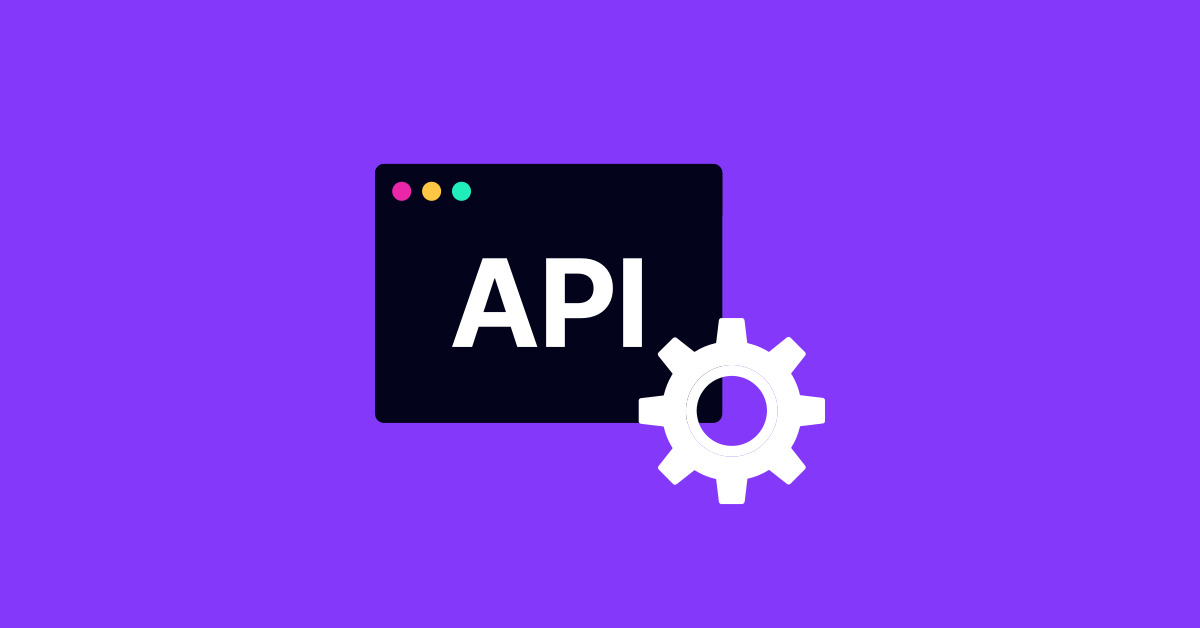Building your first API can be a rewarding experience, especially as it serves as the backbone of many modern applications. APIs (Application Programming Interfaces) allow different software systems to communicate with each other, and they are integral to building scalable, maintainable, and efficient applications. This article will guide you through the practical steps of building your first API.
1. Understanding the Basics
Before diving into the code, it’s essential to understand what an API is and the different types available. An API allows your software to communicate with other software, often over the internet. The most common type is a RESTful API, which operates over HTTP/HTTPS and uses standard HTTP methods like GET, POST, PUT, and DELETE.
Key Concepts:
- Endpoint: A URL where your API can be accessed by the client.
- HTTP Methods: Standard methods (GET, POST, PUT, DELETE) that define the type of operation you want to perform.
- Status Codes: HTTP status codes (e.g., 200 OK, 404 Not Found) indicate the result of the API request.
2. Choosing the Right Tools and Technologies
The first step is to choose the right stack for building your API. Common choices include:
- Programming Language: Python, JavaScript (Node.js), Ruby, or Java.
- Framework: Flask or Django for Python, Express for Node.js, or Spring Boot for Java.
- Database: Choose between SQL (like PostgreSQL, MySQL) and NoSQL (like MongoDB) based on your data requirements.
For beginners, Python with Flask is often a good choice due to its simplicity and the vast amount of community support.
Once you’ve chosen your stack, set up your development environment:
- Install the necessary tools: Install Python and Flask, or Node.js and Express, etc.
- Set up version control: Initialize a Git repository to track your changes.
- Create a virtual environment: This helps isolate your project dependencies.
Example (Python with Flask):

4. Designing Your API
Designing your API involves defining the endpoints and what each endpoint does. A well-designed API is intuitive and easy to use.
Steps:
- Define Resources: Identify the resources your API will manage (e.g., users, posts).
- Define Endpoints: Decide on the endpoints for each resource (e.g.,
/users,/posts). - Choose HTTP Methods: Assign the correct HTTP method to each endpoint. For example:
GET /users: Retrieve a list of users.POST /users: Create a new user.GET /users/{id}: Retrieve a specific user.PUT /users/{id}: Update a specific user.DELETE /users/{id}: Delete a specific user.
- Plan Request and Response Formats: Decide on the structure of the data your API will accept and return. JSON is the most commonly used format.
5. Building the API
Now that you have a design, it’s time to start coding your API.
Example (Creating a Simple Flask API):
from flask import Flask, jsonify, request
app = Flask(__name__)
users = []
@app.route('/users', methods=['GET'])
def get_users():
return jsonify(users)
@app.route('/users', methods=['POST'])
def create_user():
new_user = request.json
users.append(new_user)
return jsonify(new_user), 201
@app.route('/users/<int:user_id>', methods=['GET'])
def get_user(user_id):
user = next((u for u in users if u['id'] == user_id), None)
if user is None:
return jsonify({'error': 'User not found'}), 404
return jsonify(user)
if __name__ == '__main__':
app.run(debug=True)
This code creates a simple API with endpoints to get all users, create a new user, and retrieve a user by ID.
6. Testing Your API
Testing is crucial to ensure your API works as expected. You can test manually using tools like Postman or automate tests with frameworks like pytest for Python or Mocha for Node.js.
Steps:
- Unit Tests: Write unit tests for each endpoint.
- Integration Tests: Test the API with other parts of your application.
- Load Testing: Test how your API performs under load (e.g., using JMeter).
7. Securing Your API
Security is paramount when building an API, especially if it will be accessible over the internet.
Best Practices:
- Use HTTPS: Always encrypt communication between the client and the server.
- Authentication: Implement authentication (e.g., JWT, OAuth) to ensure only authorized users can access your API.
- Rate Limiting: Protect your API from abuse by limiting the number of requests a client can make in a given time period.
- Input Validation: Validate all inputs to prevent injection attacks.
8. Documentation
A well-documented API is easier for others to use and integrate with. You can use tools like Swagger to automatically generate documentation from your code.
Include in Documentation:
- Endpoint definitions: Describe each endpoint, including the URL, HTTP method, and parameters.
- Request/Response examples: Show example requests and responses.
- Authentication details: Explain how to authenticate with the API.
9. Deploying Your API
Once your API is ready, it’s time to deploy it so others can use it. Common deployment options include:
- Cloud Services: AWS, Google Cloud, or Azure.
- Platform as a Service (PaaS): Heroku, Vercel.
- Containerization: Docker and Kubernetes.
Steps:
- Set up a production environment: Configure your server for a production environment (e.g., use a production-grade web server like Gunicorn for Flask).
- Deploy the API: Upload your code to the chosen platform and ensure it’s running correctly.
- Monitor: Set up monitoring to track API performance and uptime.
10. Iterate and Improve
Building an API is an iterative process. Once your API is live, gather feedback, monitor its usage, and continuously improve it. Add new features, optimize performance, and ensure it meets the needs of its users.
By following these practical steps, you'll be well on your way to building a robust and scalable API. Whether you're building a simple service or a complex application, understanding the fundamentals and following best practices will ensure your API is efficient, secure, and easy to maintain.
Fill out the form on the following page:https://synpass.pro/contactsynpass/to contact us regarding your project 🤝

